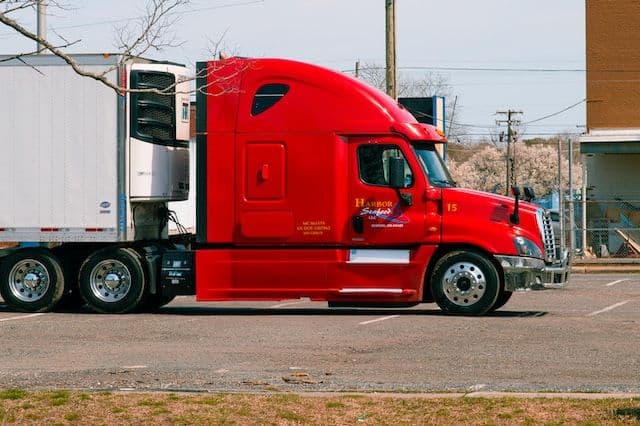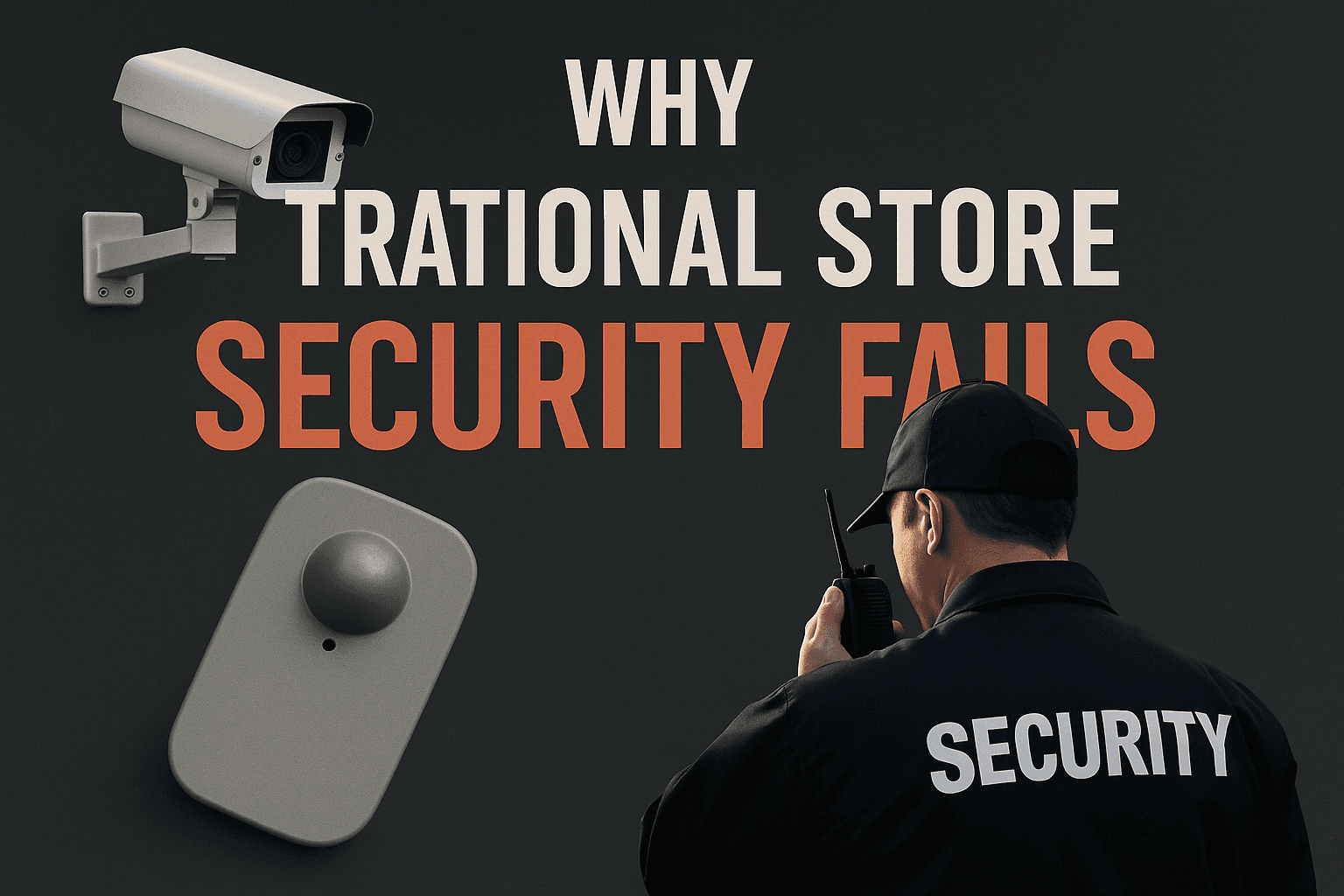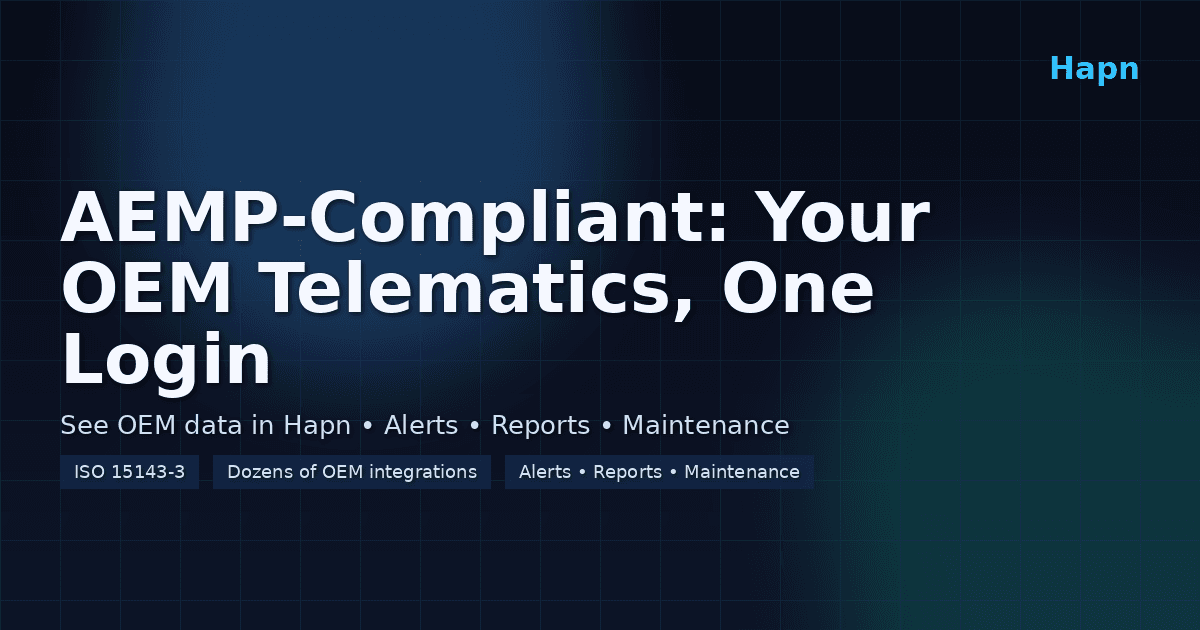The term “personal conveyance” may be familiar to commercial motor vehicle (CMV) drivers. Still, a true understanding of its meaning may be less familiar, even for those who earn their livelihood behind the wheel. With this in mind, we’ll answer the “What is personal conveyance?” question.
At its most basic, personal conveyance is a term used by the Federal Motor Carrier Safety Administration (FMCSA) to describe the operation of a commercial motor vehicle for personal reasons. This off-duty driving can involve traveling from work to home, home to work, or other private trips where the driver isn’t “on the clock.” The government spells out specific conditions and precise rules when personal conveyance conditions apply.
CMV drivers need to understand personal conveyance and how it impacts hours of service (HOS) rules and overall driving regulations. These guidelines established by the FMCSA ensure the safety of professional drivers and the public at large. Observing these regulations keeps drivers compliant with the law and maintains their professional integrity.
FMCSA Rules and CMV Drivers
CMV drivers are accountable for more than just operating a vehicle. These professionals are responsible for a vehicle’s safety, passengers, cargo, and the general public. Much of this is mandated by the regulations set by the FMCSA.
These laws also govern each driver’s HOS requirements, which specify the amount of driving and work hours in a day or week. The standards are in place to prevent driver fatigue, a major contributor to accidents involving CMVs. In fact, the federal government estimates that truck and bus accidents cause 4,000 fatalities annually.
These rules also define what a commercial motor vehicle is. Accordingly, a CMV is one of the following:
- Used in interstate commerce to transport passengers or property when the vehicle has a gross combination weight rating of 10,001 pounds or more
- Transports more than eight passengers (including the driver) for compensation
- Transports more than 15 passengers, not for compensation
- Used to transport hazardous materials in a quantity requiring placarding.
Further, the FMCSA mandates that drivers must categorize their hours of service in one of these duty status areas:
- On-duty, not driving
- Driving
- Sleeper berth
- Off-duty
Personal conveyance falls under #4: off-duty. Any CMV movement that benefits the motor carrier cannot fall under this category.
The FMCSA sets the specifics of personal conveyance as part of the agency’s overall responsibility for regulating hours of service for CMV drivers. According to these rules, personal conveyance is considered off-duty time and does not count towards the maximum driving time allowed under the HOS ordinances.
What Is Personal Conveyance? The Details
We touched briefly on the definition of personal conveyance. Let’s expand on this. As a reminder, personal conveyance is the personal use of a CMV for non-commercial activities. In other words, it’s driving a vehicle in a way that doesn’t benefit the driver’s employer. This personal use time doesn’t count toward the drifter’s regulated on-duty time.
So, personal conveyance is considered off-duty status. At the same time, it doesn’t mean that all driving is considered off-duty. The FMCSA has precise guidelines for what does and doesn’t qualify as personal conveyance.
It’s helpful to know that a CMV for personal conveyance can be laden with cargo (or not). In addition, the trip doesn’t have to start and stop at the same location. However, the travel cannot be for the furtherance of commercial activity (such as transporting cargo or passengers or performing work-related duties).
For instance, a driver can head to dinner. But taking the interstate to do so and being 50 miles closer to the final destination would abuse personal conveyance rules.
What are examples of personal conveyance? What is a good reason for personal conveyance?
Proper uses of a personal conveyance include:
- Commuting between the driver’s home and workplace (a terminal or other designated location)
- Traveling between lodging facilities (like a truck stop or motel) to a restaurant or entertainment venue
- Moving a CMV at the command of a safety official during off-duty time
- Using the CMV to transport personal belongings while off-duty
- Driving to locate a suitable rest location after loading or unloading
- Driving home after working at an off-site location
Examples of what would not qualify as personal conveyance
Although not a complete list, here are instances where personal conveyance doesn’t apply.
- Relocating a CMV to improve a motor carrier’s operational status
- Following a motor carrier’s instructions to pick up another towed unit following a delivery
- Delivering luggage while driving a passenger-carrying CMV and after dropping off passengers
- Driving a CMV to or from a vehicle maintenance facility for servicing
- Operating a passenger-carrying CMV with passengers on board
- Going to a motor carrier’s terminal after loading or unloading cargo from a shipper or receiver
Why Use Personal Conveyance?
There are three main benefits to using personal conveyance.
- Moving the CMV via personal conveyance doesn’t count against a driver’s daily or weekly driving limit. This is especially helpful if there’s a need to move the vehicle for personal reasons outside of working hours.
- Personal conveyance creates more flexibility in managing hours of service. A driver has more flexibility in their work schedule if they don’t have to count personal travel as on-duty time.
- A CMV driver can enjoy more freedom to move around during off-duty time. These activities include running personal errands, visiting family and friends, or exploring the local area while out of town.
Who can use personal conveyance?
Every CMV driver can take advantage of personal conveyance. However, such use must be for personal reasons and not for the benefit of the commercial interests of their employer. CMV drivers need to remember that personal conveyance is considered off-duty time. So, these activities don’t count toward daily or weekly driving limits.
Does personal conveyance start your 14-hour clock?
It’s important to keep in mind that personal conveyance doesn’t start the FMCSA’s 14-hour rule (the most a CMV driver can work in a 24-hour period). Time spent using personal conveyance is considered off-duty and doesn’t impact the maximum on-duty period.
Notably, personal conveyance can’t be used to extend a CMV driver’s working hours. A driver who has reached their maximum daily or weekly driving time cannot continue driving for work purposes under personal conveyance. Mandatory off-duty time kicks in at this point.
How long can you drive on personal conveyance in the US?
There are no FMCSA-imposed maximums for the use of personal conveyance. However, the agency reminds CMV drivers and motor carriers that personal conveyance should only apply when there is legitimate personal use of the vehicle. This reinforces that personal conveyance activity should not advance the commercial activities of the driver’s employer.
So, while there are no specific personal conveyance limits, CMV drivers and their employers should be responsible in this area. Personal conveyance is not a workaround for hours of service restrictions. This activity is solely off-duty time.
The Do’s and Don’ts of FMCSA Personal Conveyance
CMV drivers and their employers should recognize the do’s and don’ts of personal conveyance. We’ve covered much of this already, but seeing an overview of what’s permitted and what’s not is useful.
DO use personal conveyance for:
- Legitimate personal use of the CMV, such as
- Commuting between home and the workplace
- Moving the vehicle for personal safety
- Driving to lodging or a restaurant
- Transporting personal belongings
DON’T use personal conveyance for:
- Transporting cargo or passengers
- Traveling to a location for work-assigned duties
- Extending maximum driving time (on-duty hours)
Understanding the Practical Application of Personal Conveyance Rules
There’s a very practical side to personal conveyance regulations. In short, these standards are designed to make life easier for CMV drivers. Those behind the wheel don’t have to worry about maxing out their hours if they need to eat or drive to a rest stop after completing a pick-up or delivery.
At the same time, personal conveyance rules are not ways for motor carriers and drivers to bypass hours of service rules. Such use has to be for valid personal reasons. Once maximum driving time has been reached, it’s time for a mandated break.
In addition, a motor carrier can establish its own guidelines for personal conveyance. Such restrictions must be consistent with FMCSA regulations but can also be more restrictive. For example, a company may impose personal conveyance time or distance limits for its drivers. Or it can prohibit the practice entirely. It’s not unusual to see restrictions imposed if drivers abuse personal conveyance. Some operations will use GPS tracking to monitor personal conveyance.
“Making sure team members are using company vehicles as intended is a real key aspect for a lot of our users. The risk of using personal vehicles for work tasks usually outweighs the reward,” remarks TJ Chasteen, product manager for Hapn.
What Is Personal Conveyance?: Key Takeaways
The concept of personal conveyance might be confusing, especially for new CMV drivers and those not directly involved in the motor carrier industry. However, the idea is relatively simple once the basics are understood. A CMV may be used as personal transportation under certain conditions. This activity won’t count toward regulated on-duty time.
A motor carrier should establish driver guidelines for personal conveyance. These rules may match FMCSA standards or be more limiting. Regardless, such action can ensure that drivers properly use personal conveyance. These policies can offer general where and when directives or provide specific examples of what drivers can and cannot do with their CMVs for personal use.
A complete understanding of personal conveyance regulations (and any related motor carrier policies) can ensure that CMV drivers demonstrate professionalism and compliance with the law. The net result is more freedom and flexibility for CMV drivers, in spite of the rigors of the job.
FAQs: What CMV Drivers Need to Know about Personal Conveyance
What is personal conveyance?
Personal conveyance is the personal use of a commercial motor vehicle (CMV) for non-commercial activities. It allows drivers to use their CMV for personal reasons without counting towards on-duty driving time.
What are some examples of proper personal conveyance use?
Proper uses include commuting between home and work, driving to restaurants or lodging while off-duty, moving the CMV at the request of a safety official, and transporting personal belongings in the CMV while off-duty.
Does personal conveyance time count against my daily driving limits?
No, personal conveyance time is considered off-duty and does not count against your daily or weekly driving limits.
Can I use personal conveyance to extend my work hours?
No, you cannot use personal conveyance to exceed your maximum on-duty driving hours for the day or week. It is only for legitimate personal use.
Does personal conveyance start my 14-hour driving window?
No, personal conveyance time is off-duty and does not start the 14-hour daily driving window.
Can my employer impose a personal conveyance policy?
Yes, a motor carrier can have its own personal conveyance policy. However, these rules must be at least as restrictive as FMCSA regulations. A company cannot reinterpret these laws to be less stringent. GPS tracking can be used to monitor personal conveyance and overall vehicle use.
Are there distance limits for personal conveyance?
No, the FMCSA does not impose distance limits for personal conveyance, although some individual motor carriers may have distance restrictions.
Can I carry cargo or passengers during personal conveyance?
No, you cannot transport cargo or passengers during personal conveyance time. It is solely for the personal use of the CMV.
Can I use a loaded vehicle for personal conveyance?
Yes, drivers can use a laden vehicle for personal conveyance. The key thing to remember in this situation is that travel cannot be used for the employer’s benefit. In addition, the driver is still responsible for operating the vehicle safely, regardless of whether personal conveyance is in use.


